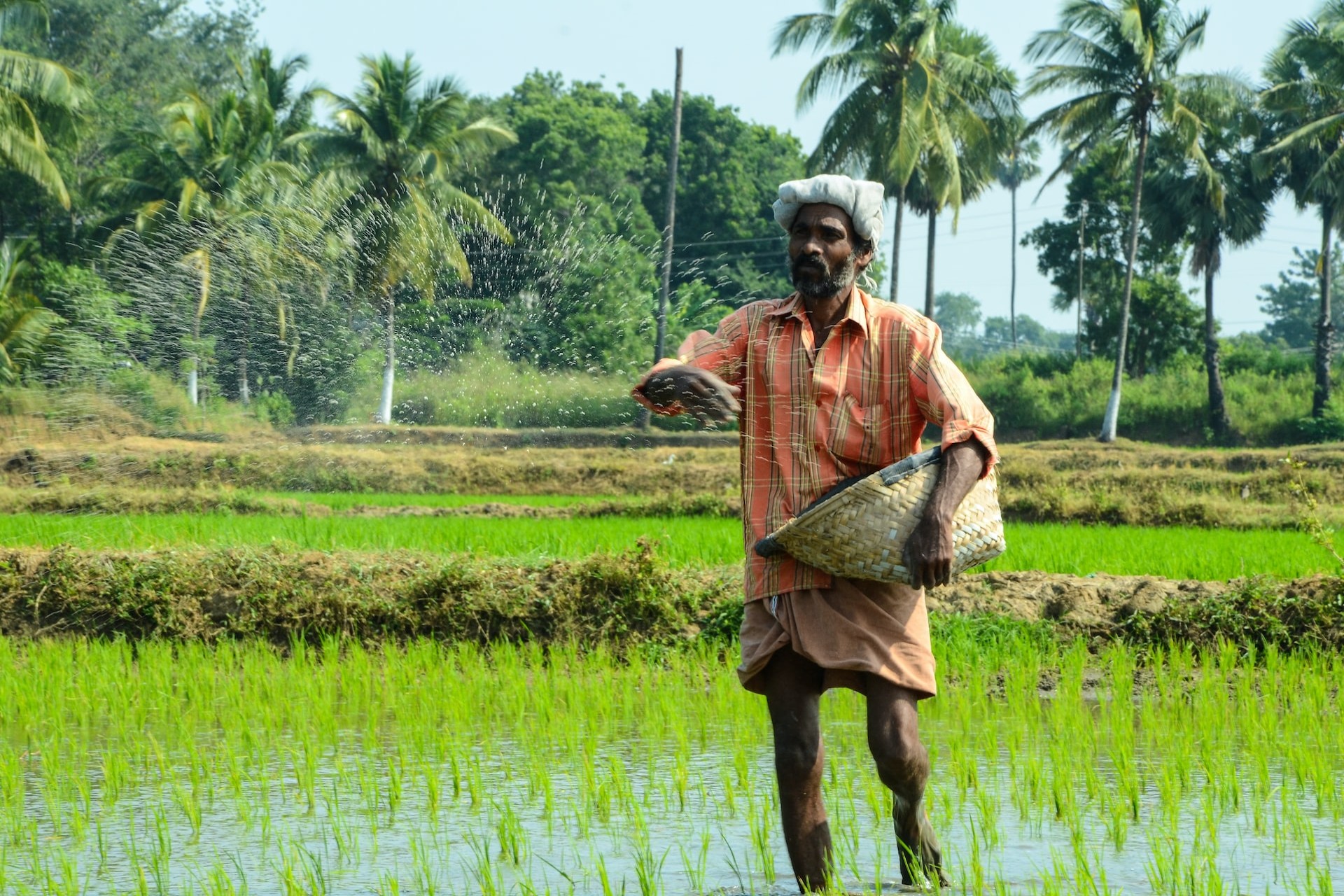
4 Facts About Climate Change and Food Security
We are reader-supported. When you buy through links on our site, we may earn affiliate commission.
As global warming ramps, climate change sounds the alarm for future food security. The impacts of climate change on our food systems are already felt — and it no longer only affects societies in developing countries. Even the wealthiest nations on earth are now facing hunger.
Whereas previously food-secure communities may have lacked awareness of this dire situation, the COVID-19 pandemic highlighted the disparities in food accessibility as more people fell into poverty.
The sequence of events becomes more apparent the longer you spend connecting climate change to world hunger. Human activity creates agricultural emissions, which fosters the perfect climate conditions for crop failure and the spread of diseases. As a result, less food and public health crises ensue.
Unfortunately, weak agricultural policies ensure that climate change will continue hindering food security, our economies and politics, and the global population. Here are four critical things to know about climate change and the future state of our food system.
1. The World Is Already Going Hungry
Scientists predict that the global population will reach 9.8 billion by 2050, increasing from 7.8 billion today — a number the United Nations (UN) equates to about 83 million people annually. Of course, more people means even more mouths to feed.
It’s impossible to separate climate change and food security when considering future nutritional availability. During the pandemic, there were 118 million more people facing hunger in 2020 than in 2019, while undernourishment rose to 9.9% from 8.4%.
Even in the United States, more than 33.8 million Americans are currently food insecure and forced to skip meals because they can’t afford groceries. In a nation used to wasting nearly 40% of its food supply every year, the U.S. now must reexamine ways to bolster its food supply against an increasingly warmer planet.
2. Climate Change Hinders Crop Yields
Fewer crop yields are the more obvious impact of climate change on food security. Ironically, food production contributes 21% to 37% of global emissions annually.
For instance, livestock production produces ample amounts of methane with an elevated sunlight-to-heat ratio as excess solar energy becomes trapped in the atmosphere, increasing the earth’s temperature.
The outcomes prove dire for crops, as producers face extreme heat waves and droughts, flood events, wildfires, pest infestations, and loss of pollinators.
One study projects maize will bear a 24% decline by 2030 — a grave concern since it’s one of the world’s most vital crops. Fewer crop yields will undoubtedly send more of the population into the throes of hunger.
3. Hunger Poses Higher Risk of Conflict
As natural disasters and prolonged droughts undermine food systems, marketplaces, and food accessibility in war-afflicted regions, violent geopolitical conflict increases.
Likewise, an influx of violence destroys resources and forces mass migrations. For instance, the Syrian war has driven over 6 million people from their homes to new locations where they face heightened food shortages and disease.
Another example is South Sudan, where its 2013 civil war killed 400 people and displaced another 4 million without food or necessities. Eventually, the war led to an economic collapse in 2017 as food prices soared well beyond what people could afford.
The armed militia began terrorizing communities and stealing food and livestock commodities, setting marketplaces on fire and preventing agricultural production. Today, the UN lists South Sudan, considered the poorest country worldwide, as the most dangerous.
4. Food Security Affects Public Health
Climate change affects food security in numerous ways, but it’d be remiss to leave out its impacts on public health. An insecure food system suggests less nutrition availability for human consumption.
According to the United Nations International Children’s Emergency Fund (UNICEF), at least 40 million children are severely malnourished in only 15 countries — meaning they only receive the bare minimum of an adequate diet to grow into healthy adults. Another 21 million children are at risk of severe wasting.
Conversely, unhealthy diets — processed foods with high sodium and fat content and a lower intake of whole grains and fresh produce — cause 11 million deaths and 255 million disabilities globally.
Fresh, organic foods are becoming more expensive, largely because climate change makes production difficult for organic farmers. According to Feeding America, 79% of America buy unhealthy products that tend to be less expensive.
Securing Our Food System Is More Important Than Ever
Addressing climate change is the only way to ensure food security for the global population. Without stronger regulations to lower global emissions, reduce climate-induced consequences on agriculture and economies, and safeguard our most essential systems, we have less opportunity to meet global food demand.
Share on
Like what you read? Join other Environment.co readers!
Get the latest updates on our planet by subscribing to the Environment.co newsletter!
About the author

Jane Marsh
Starting from an early age, Jane Marsh loved all animals and became a budding environmentalist. Now, Jane works as the Editor-in-Chief of Environment.co where she covers topics related to climate policy, renewable energy, the food industry, and more.





